As well as history and ancestors, the past also means old houses, built with almost forgotten techniques and materials, which say a lot about us, about who we were. It is sad that we are severing our links with this past by demolishing or allowing to be lost houses of inestimable value to our collective memory. We blithely cut our roots, forgetting that without roots, any plant, no matter how big and strong, dies. I rejoice when I go to areas where there are still old houses built of rectangular wooden beams and see that one such house is being displaced for protection. I also appreciate the initiative to salvage the wood when the house can no longer be saved because the wood salvaged from old houses has a special beauty and energy.
I am now writing from the Dornish Country, an area where old and new wooden houses coexist, where you see courtyards where the old wooden barn is much more beautiful than the newly renovated masonry house, but also where they build with wood salvaged from an old house on the ground floor or the stone or concrete foundation. So beautiful are these beams and they enrich the look of the house so much that if you have the opportunity, don't waste this wood. In the US or Canada, reclaimed wood from old houses is considered more valuable than new. In the past, only wood from trees 80-100 years old was used for construction. At this age, trees have the best characteristics to be used to build houses.
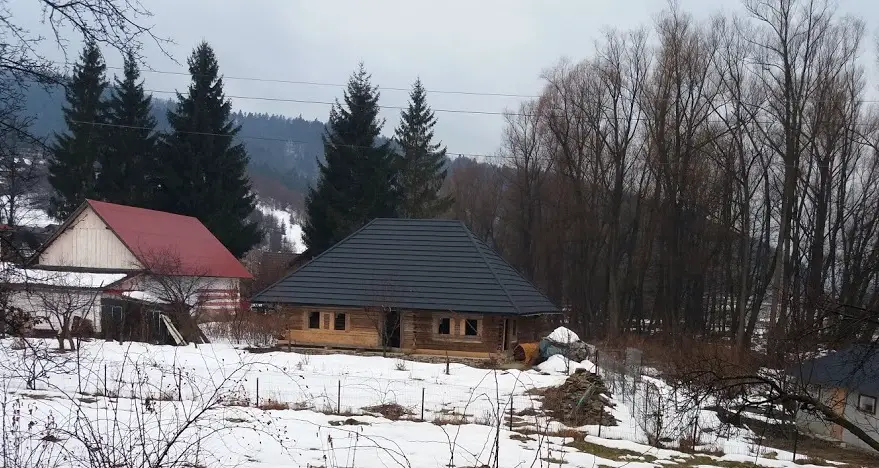
Traditional houses. Materials from the past
In the past, wood was also used for building. If the area was not rich in forests, the existing wood was used for structural strength and decoration. It was all the more important and all the more protected, and whoever had hardwood, timber - acacia, nuc, oak - was considered rich. In the north, north-west or in the center of the country, in areas where there were impressive forests, wood was the basic raw material and houses were built largely of wood. Insulation was made of clay and the foundations of stone. In areas where forests were scarcer, wood was combined with clay and straw for the walls or used to embellish the exterior pillars, the trusses and the eaves.
Old construction methods
Despite the lack of the means we have today, the traditional craftsman found solutions to obtain a warm, insulated and pleasant home. Natural materials were the basis and the solution was to combine them intelligently.
Floor construction. The foundation was built using ballast as a drainage layer and river stone. Washed or crushed stone and finally slag were placed on top to reinforce the foundation. All these layers formed the foundation. On top of this came the floor of the house made of wooden beams laid in the form of a frame, which was then divided into 60 cm wide spaces by other wooden beams and filled with sawdust for insulation. Wooden beams were nailed to the beams to support the floorboards.
Ceiling construction. Using beams of hard wood (oak), a frame was made, supported on the supporting posts. On the outside of the beams, on the side facing the room, wooden slats 2/2 cm thick were nailed to the outside, with a one-slat gap between them. Between the beams were placed rafters made of building clay mixed with dried straw and twisted into the shape of scrolls. Clay is recognized as a very good insulator, both thermal and sound. Thinner and smaller shingles were beaten on the shingles facing the room. They were beaten obliquely, plastered with a thinner clay, and after drying, glazed.
Building walls. On the oak beams that formed the floor of the house, vertical posts were erected at the corners and in front of doors and windows. The top ends of the posts were attached to the ceiling frame. To make the structure solid, the frames formed by the horizontal pillars and the horizontal beams were reinforced with oblique beams that joined the opposing joists. On either side of the pillars, on the outside and inside of the house, horizontal slats were beaten as at the ceiling (with a break in between). This formed a hollow wall which was then filled with clay mixed with straw. Once the walls had been filled with clay, battens were nailed on the outside at a 45º angle, one row in one direction and the next row in the other direction, in order to stabilize and stiffen the house. Thinner clay was loaded in between the slats and, after it dried, poured. These days I've seen a lot of these houses that are real building history books.
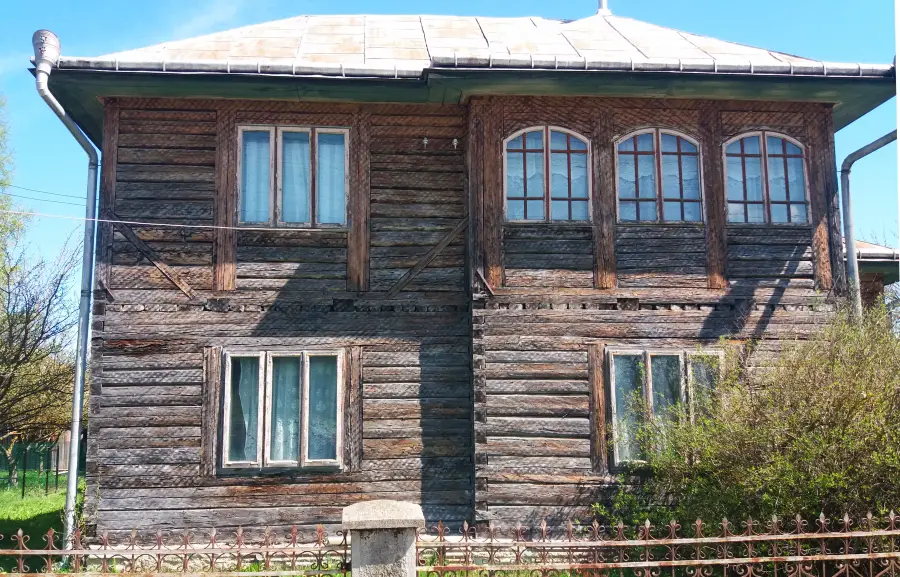
Rectangular wooden beam houses
The traditional houses built in the northern area - Bucovina, Maramureș - are made of rectangular horizontal beams. In order to form the wall, they were fixed between vertical pillars at the corners of the houses and in front of doors or windows. The beams were 'fitted' from above, with their ends in the box formed by the posts, and dropped. They were placed beam on beam until the wall was complete. Sometimes the ends had a certain profile to provide a more fixed hold. If the size decreased due to drying out, the beams continued to 'fall' on top of each other, the wall remained compact. The gap at the top under the eaves was filled with clay or another beam. Clay with straw was also placed on the horizontal line between the joists to avoid heat loss. For external protection, the wood was impregnated with burnt oil or diluted tar (catran).
In Bukovina, the walls were not made of a single beam along the entire length or width of the house. The beams were from pillar to post, that is from the corner to the window, then from the window to the door and so on to the other corner. In the Maramureș region, the beams were built with beams the length and width of the house, and the ends were "plaited". The ends were profiled to fit together perfectly and form joints in swallowtail or fishtail.
Reclaimed wood. Using wood from old houses and barns
Wood used tens, even hundreds of years ago can be saved and reused when building new houses. Experts say that in the past, wood was only cut at full maturity, when its qualities are much better. It is stronger, tougher and has smaller pores and less moisture absorption. The wood never loses its nobility and warmth, even after decades and decades of use. It will darken, but if it hasn't been through hard trials, let it be massively attacked by curries or other insects or rot, it can be cleaned and reused. The years take their toll, giving it a natural patina that makes it even more valuable. Reclaimed wood from old houses is a material ennobled by the passage of time and it is a shame not to use it. It would be better to stop throwing it away and recover more. And salvaged wood from old buildings should only be put on the fire if it is rotten or decayed and dangerous for the 'clean' wood in the house. Traditional houses are a history lesson that you learn if you look carefully. We have a beautiful heritage that we are obliged to protect and cherish, and wood is part of that heritage. Let us not lose it, ignore it or forget it.
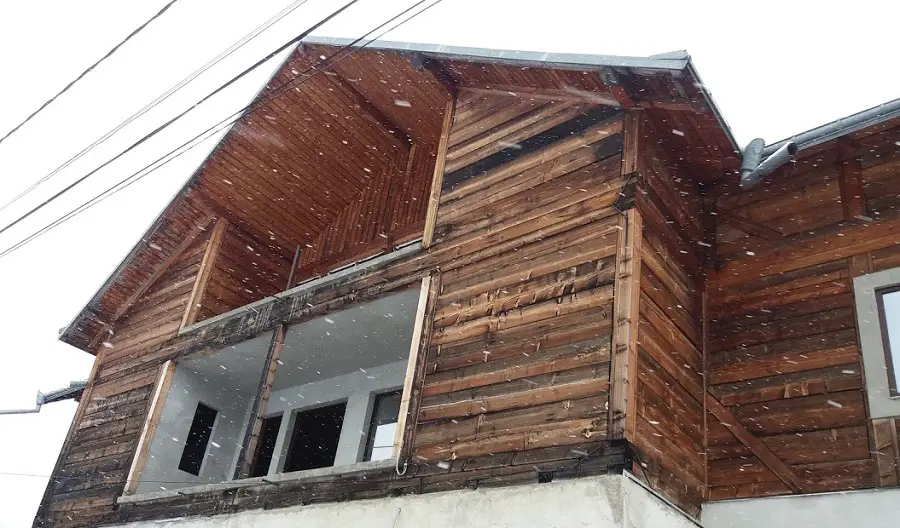



























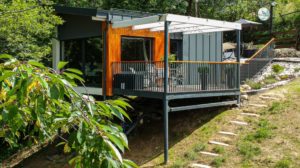


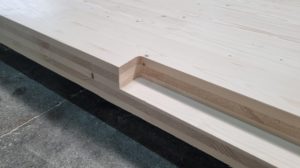
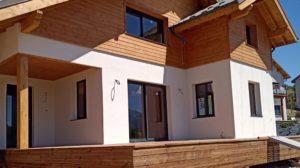




Add comment